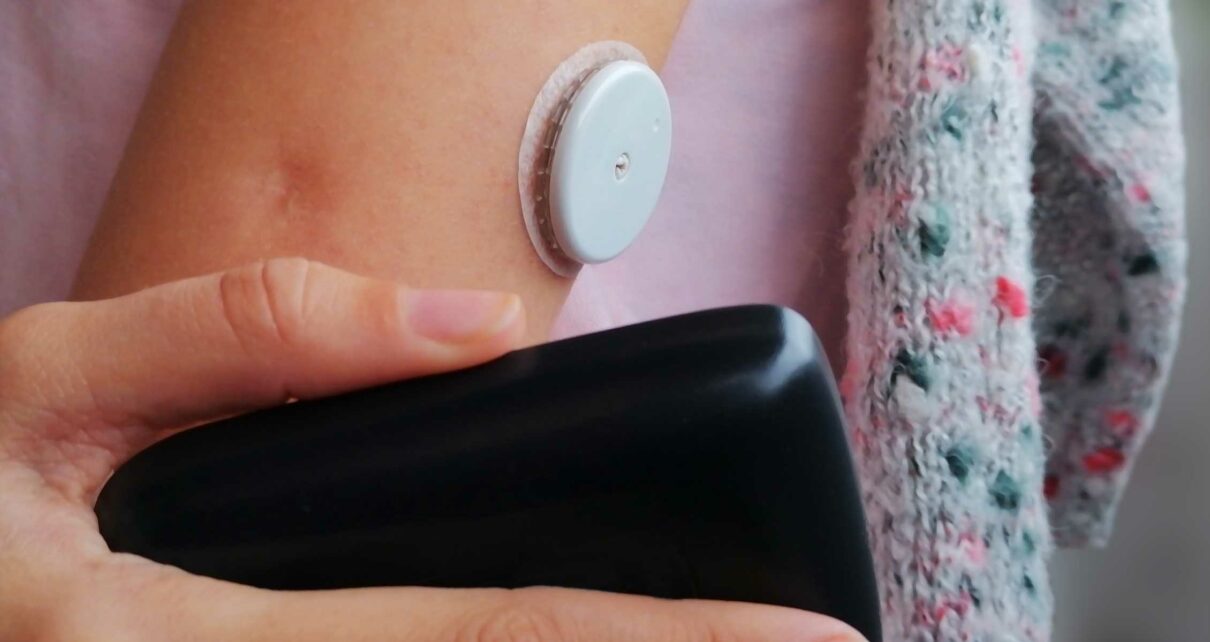HUNDREDS of children with type 2 diabetes will be offered new tech to monitor their condition.
Automatic glucose monitors — already used by thousands of adults — have now been approved for youths with type 2 diabetes.

A sensor is attached to the arm to continuously track blood sugar rates and let patients know if they need an insulin shot.
Previously, kids with the condition had to keep an eye on it with “tiring” finger pricks at least once a day, the National Institute for Care and Excellence said.
Health Minister Helen Whately said: “Type 2 diabetes is increasingly being diagnosed in children.
“Many face the constant stress of needing to monitor their blood glucose levels by finger prick testing, often multiple times a day.
Read more on diabetes

Urgent warning to millions as diabetes deaths surge – are you at risk?

The 7 ‘silent’ signs on your SKIN that could mean you have deadly diabetes
“Offering children glucose monitoring devices will relieve some of this burden and empower them to manage their condition more easily.”
More than 1,500 children aged 18 or younger have type 2 diabetes in England.
The condition causes blood sugar levels to become too high because the body produces too little of a hormone called insulin.
It can cause problems with your eyes and feet, as well as raise the risk of heart disease and stroke.
Most read in Health

I'm a sleep expert, Tess Daly goes to bed all wrong but Harry Styles gets it right

Urgent warning for parents over Prime drink after STOMACH PUMPING incident

We were overjoyed when I got pregnant but at 20 weeks my bump was worryingly big

People are just realising eight everyday foods and drinks contain alcohol
The devices approved today are for real-time continuous glucose monitoring or intermittently scanned glucose monitoring.
They were previously already available for children with type 1 diabetes, which is less common.
Type 1 diabetes occurs when the immune system attacks insulin-producing cells in the body.
Dr Judith Richardson, of NICE, said: “Type 2 diabetes in children is the most aggressive form of the disease.
“Recommending new technology is a clear step towards giving children the ability to manage their own condition in a less invasive way, and to live happier and healthier lives.
“Improvements made in managing a child’s diabetes at an early stage can reduce the health impact of the condition later in their lives, and the potential impact on the health service.”
Source: Read Full Article



